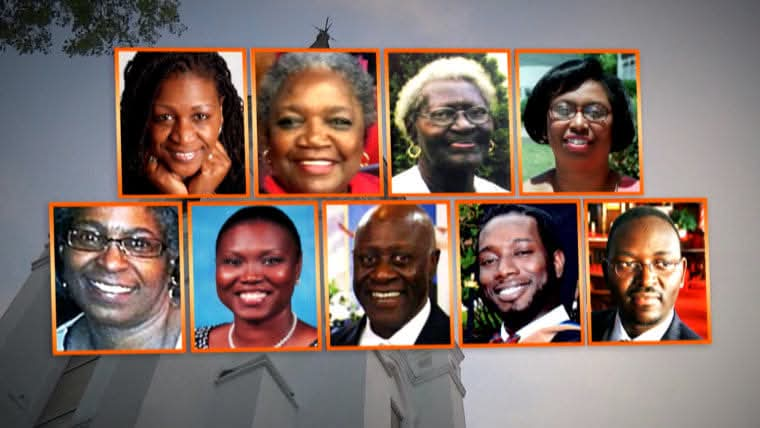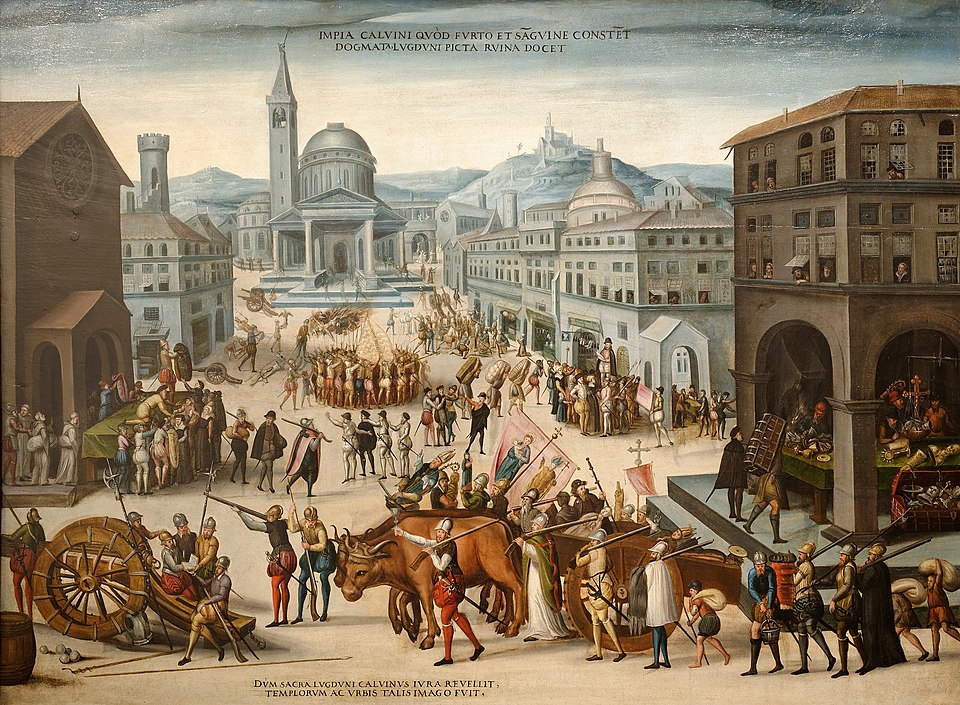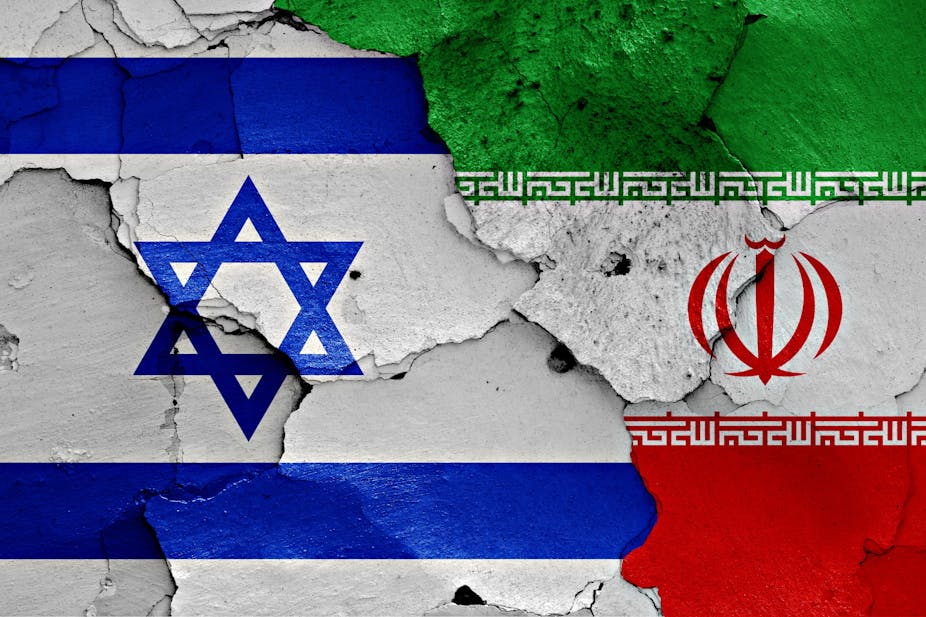KASHMIR: About the Indo-Pakistani Wars and Conflicts — a Brief Timeline
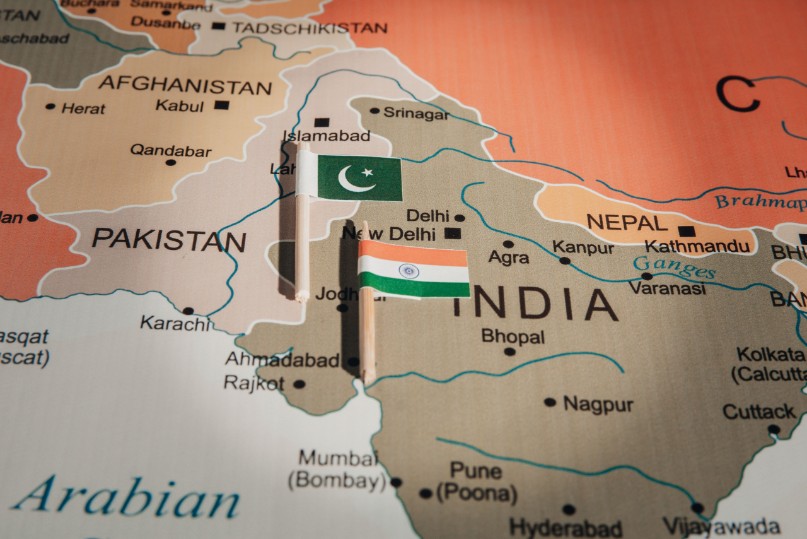
Did you know that three out of four wars that India and Pakistan have fought since 1947 have been over Kashmir, a territory that China, India, and Pakistan lay claim to?
The Kashmir conflict is a territorial conflict over the Kashmir region, primarily between India and Pakistan, and also between China and India in the northeastern portion of the region. India controls approximately 55% of the land area of the region that includes Jammu, the Kashmir Valley, most of Ladakh, the Siachen Glacier, and 70% of its population; Pakistan controls approximately 30% of the land area that includes Azad Kashmir and Gilgit-Baltistan; and China controls the remaining 15% of the land area that includes the Aksai Chin region, the mostly uninhabited Trans-Karakoram Tract, and part of the Demchok sector.
The conflict started after the partition of India in 1947 as both India and Pakistan claimed the entirety of the former princely state of Jammu and Kashmir. It is a dispute over the region that escalated into three wars between India and Pakistan and several other armed skirmishes, with the exception of the Indo-Pakistani War of 1971, which occurred as a direct result of hostilities stemming from the Bangladesh Liberation War in erstwhile East Pakistan (now Bangladesh).
The Partition of India came in 1947 with the sudden grant of independence. It was the intention of those who wished for a Muslim state to have a clean partition between independent and equal "Pakistan" and "Hindustan" once independence came. Nearly one third of the Muslim population of India remained in the new India. Inter-communal violence between Hindus, Sikhs and Muslims resulted in between 200,000 and 2 million casualties leaving 14 million people displaced.
The two nuclear powers (India and Pakistan) were on the cusp of a major confrontation. Tensions rose again in April 2025 after years of relative calm when militants killed 26 people in an attack on tourists near the resort town of Pahalgam in Indian-administered Kashmir. It was the deadliest attack on civilians in two decades. India accused Pakistan of being involved; Pakistan denied it. However, India responded two weeks later, precisely on May 7, to the Pahalgam attack with missile strikes in Pakistan and Pakistan-administered Kashmir. Pakistan, in turn, said it shot down Indian jets. Both sides also turned the Line of Crossing (LoC) into a shooting gallery.
After more military confrontations, a ceasefire brokered by the United States on May 10 seems to be holding, with India and Pakistan controlling what happens next.
Going back to the history of the modern conflict, Britain’s partition of India and consequent creation of Pakistan in 1947 led to a humanitarian crisis. Two months after the British left, Pakistan and India fought their first war over Kashmir. Then, in 1949, the warring sides agreed to the creation of a ceasefire line that divided Kashmir.
In 1965, forces along the ceasefire line started shooting at each other, leading to Pakistani soldiers crossing into Indian-administered Kashmir, while India sent forces into Lahore, Pakistan. In six weeks, more than 5,000 soldiers were killed before the United Nations Security Council helped end the fighting.
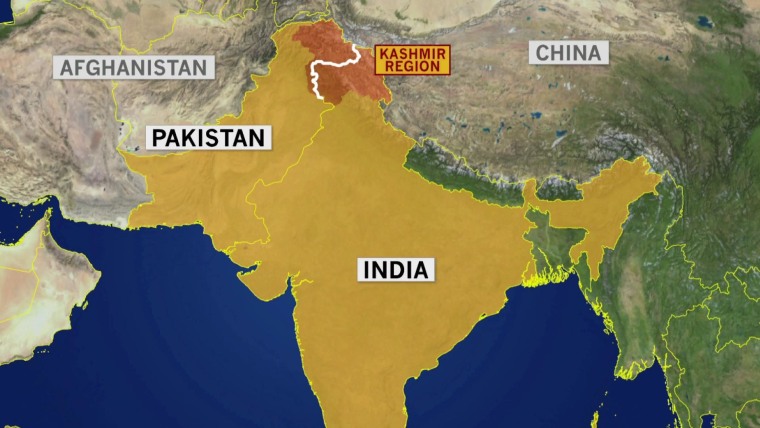
The third and most recent war over Kashmir happened in 1999, as the Pakistani military crossed the de facto border in Kashmir, known as the Line of Control (LoC), into the mountainous Kargil area before Indian troops pushed them back, ending what has been called “the world’s highest war”.
There have also been contained confrontations. For instance, on September 18, 2016, armed fighters attacked an Indian army base in Uri, in Indian-administered Kashmir, killing 17 soldiers. India responded to the Uri attack by crossing the LoC to carry out so-called “surgical strikes” on what it said were staging areas for “terrorists”.
Similarly, in February 2019, a suicide bomber killed 40 Indian paramilitary personnel in Pulwama in Indian-administered Kashmir. India then launched an aerial raid in Pakistan-administered Kashmir. A day later, a dogfight ended in Pakistan, downing an Indian jet and capturing the pilot.
On May 7, India responded to the Pahalgam attack with missile strikes in Pakistan and Pakistan-administered Kashmir. Pakistan, in turn, said it shot down Indian jets. Both sides also turned the LoC into a shooting gallery. After more military confrontations, a ceasefire brokered by the United States on May 10 seems to be holding, with India and Pakistan controlling what happens next.
On intervention or involvement of other countries during the conflicts, the USSR remained neutral during the 1965 war and played a pivotal role in negotiating the peace agreement between India and Pakistan. The Soviet Union provided diplomatic and military assistance to India during the 1971 war. In response to the US and UK's deployment of the aircraft carriers USS Enterprise and HMS Eagle, Moscow sent nuclear submarines and warships with anti-ship missiles in the Arabian Sea and Indian Ocean, respectively.
The United States had not given any military aid to Pakistan in the Indo-Pakistani War of 1965. The US provided diplomatic and military support to Pakistan during the 1971 war by sending USS Enterprise into the Indian Ocean. The US did not support Pakistan during the Kargil War, and successfully pressured the Pakistani administration to end hostilities.
For China, the country had helped Pakistan in various wars with diplomatic support. Russia, on the other hand, maintained a non-belligerent policy for both sides while selling arms and other weapon systems to India. Russia helped negotiate peace in 2001–02 and helped divert the 2008 crisis.
SOURCES: Aljazeera | Wikipedia | BBC News
#penglobalhistory #Kashmir #India #Pakistan
